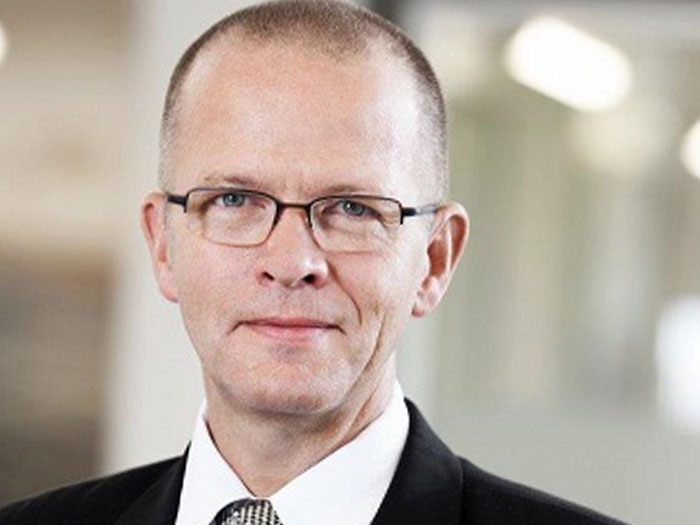Denmark's Regulatory Shipping Lab is up and running, with shipping and technology companies already getting interested
Late last year the Danish Maritime Authority launched is Regulatory Future Lab in a move its Director General Andreas Nordseth said is a bid to speed up the transformation of shipping as it searches for new fuels and new technologies.
Regulation is often seen as a roadblock to change, stifling innovation and punishing early movers, in this case shipowners who try out new fuels, technologies or systems only to find the slow pace of regulatory change eventually lands against them, leading to a write off of early investments.
The DMA Regulatory Future Lab is an effort to hep achieve a more rapid change, to reward early movers. It is, said Nordseth, a bid to bring regulation into the design stage of any change, such as the development of ammonia as a fuel, digital and autonomous technologies.
He cited how the ballast water convention was a more traditional way of writing regulations, in that the technology to deal with an environmental problem did not exist until the convention was agreed (although the subsequent problems with the slow pace of ratification and take-up is another problem the industry encountered).
He believes many owners are willing to make technological change, but will not do so if there is not the clear regulatory scope that makes it clear that a system or tool is permitted (as opposed to a regulation forcing a technology to be implemented), but this needs to be turned around.
”Because of the demand for climate friendly solutions, things have been turned around,” he told the audience at the recent World Maritime Technology Conference in Copenhagen. “Regulation is a two edged sword. On the one side ensure safety; it also creates a level playing field. But it also sets limits. So there’s this scenario where somebody comes and say, “we want to burn ammonia” and then we look in the rules and regulations, and say “we don’t have any rules and regulations for that.”
“There is no international regulation for better ships, but in order to supply and make it possible for these solutions to come into play, and for the shipowner to actually have climate friendly, environmentally friendly, more efficient ships, we need to find a way to do this”.
Regulatory change can take a long time to come into force in shipping. Typical scenarios suggested Nordseth are that at the IMO on a fast track, it may take three years, but it’s a complete new set of regulation, it could take eight years or longer.
Killing first movers
This length of time will kill first movers, said Nordseth, which are those shipowners that the whole industry is dependent on, he added.
“If you were told that you can wait five, six years before there will be any approval, any potential market, it will kill your business, and it will kill your entrepreneurship” he warned.
The answer he said is to get the regulators into the picture during the design phase.
“That is a new way. And that is technology driven regulation. So when somebody comes up and says, “We want to drive a ship with this fuel or this technology, with this autonomous or intelligent system, with this kind of lifeboat, and it will improve safety, efficiency, security, environmental impact, etc, etc”, then we as authorities, and regulators need to be ready to go into a cooperation and find a way to approve so that you can actually have a license to operate, and then pave the way for this technology to market.
Hence the launch last year of DMA’s Regulatory Future Lab with what Nordseth calls a new way of working and an eye to cooperation. The Lab already has owners and technology companies getting in touch, he said, searching ways to make sure regulations are not a roadblock to finding the solutions that are needed in the future.
“We find a way. That’s our idea. And then hopefully this will sort of lead to experiences that then will feed back in to influencing and making very strong good robust regulation in the IMO the future.”































